AMRAP (as many reps as possible) and “muscle failure” are terms most weightlifters are familiar with, as they relate to working out.
Everyone with a passing knowledge of how muscles get built knows that you have to break fibers down, first, and that the recovery of that breakdown is what gets your results, both in strength and aesthetics.
Not everyone uses muscle failure in their training, and that’s okay; studies have shown that the results it brings are often based on the experience level of the lifter and how intense the lifting session is.
The experience level factor could mean that because a certain amount of muscle development already exists, more breakdown is needed to further increase strength and growth. If you regularly lift, this train of thought would suggest, employing failure becomes more useful when you want to increase your results. The all-important precept of matching intensity to your workout volume matters, as well.
Failure can be a difficult thing to calculate, however. While you might think it’s easy to simply lift until you can’t anymore, some individuals have a hard time judging when they’re reaching a threshold for failure, and this can lead to increased chances of injury, or simply overdoing it.
Inadequate recovery time can also play a part in the quest for reaching “failure” becoming a hazard instead of a benefit, and often it’s better to use something other than failure as a means to break out of a plateau, or take training to the next level.
One of those means is the spreading out of training volume over a longer period of time.
In a study conducted on the Norwegian powerlifting team, dividing the volume of a workout over six smaller sessions a week essentially doubled its effectiveness. (Think of performing 8 reps once a day for 6 days a week vs. 3 sets of 8 reps on two days a week. It’s also worth noting that in this experiment, volume and frequency were increased, but intensity was lowered. The average lifter’s intensity in the study was at the most, 74% of their one rep max.)
In the weight lifting world, failure is not only an option, it’s a good one. But if you don’t feel inclined to push yourself to the limit, there are other choices out there. If you’d like to maximize muscle growth and have the ability to engage in smaller, more frequent workouts, it’s a productive alternative.
1 https://www.ncbi.nlm.nih.gov/pmc/articles/PMC4731492/
2 https://www.ncbi.nlm.nih.gov/pubmed/15903379?ordinalpos=1&itool=EntrezSystem2.PEntrez.Pubmed.Pubmed_ResultsPanel.Pubmed_DefaultReportPanel.Pubmed_RVDocSum

